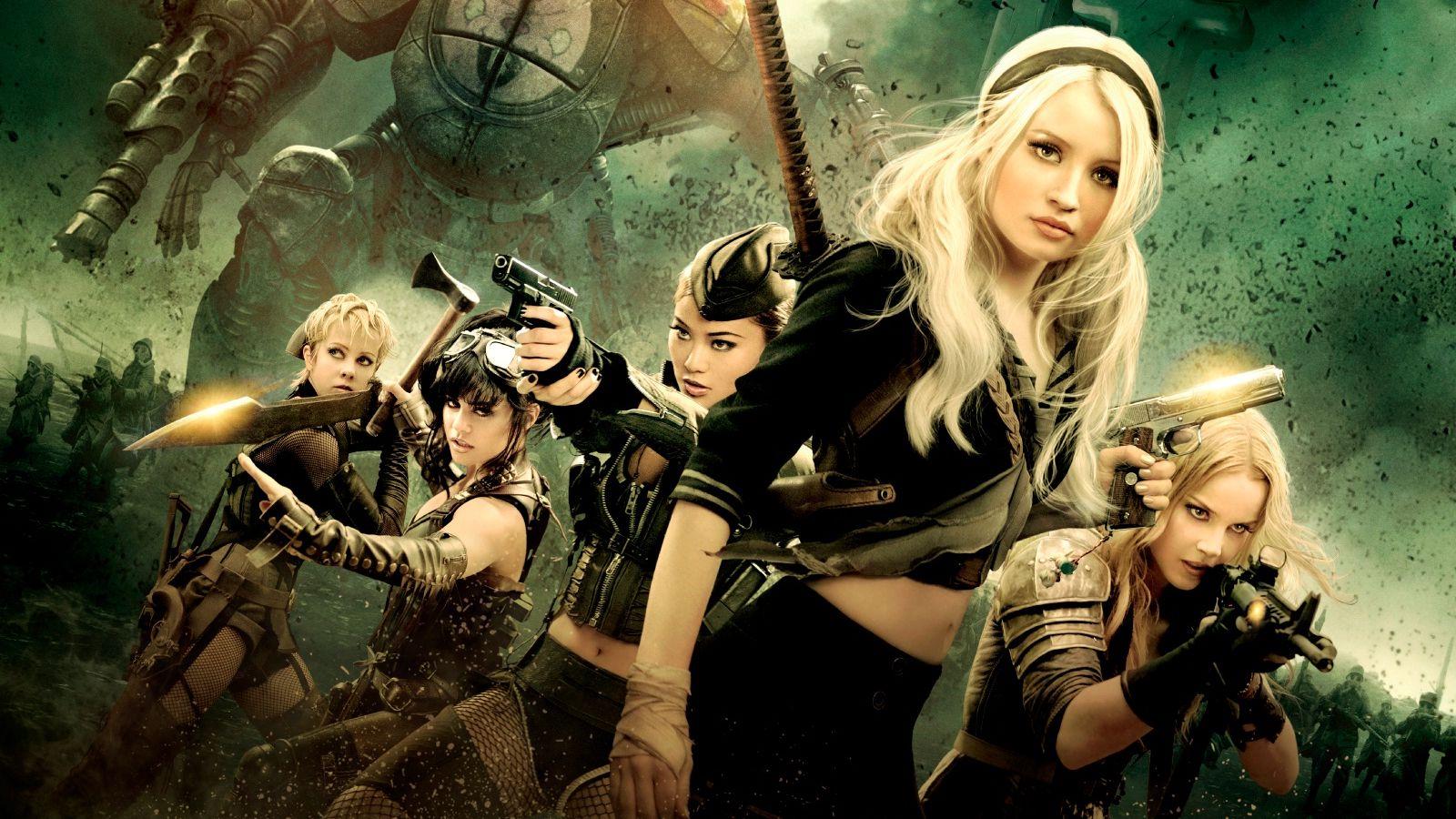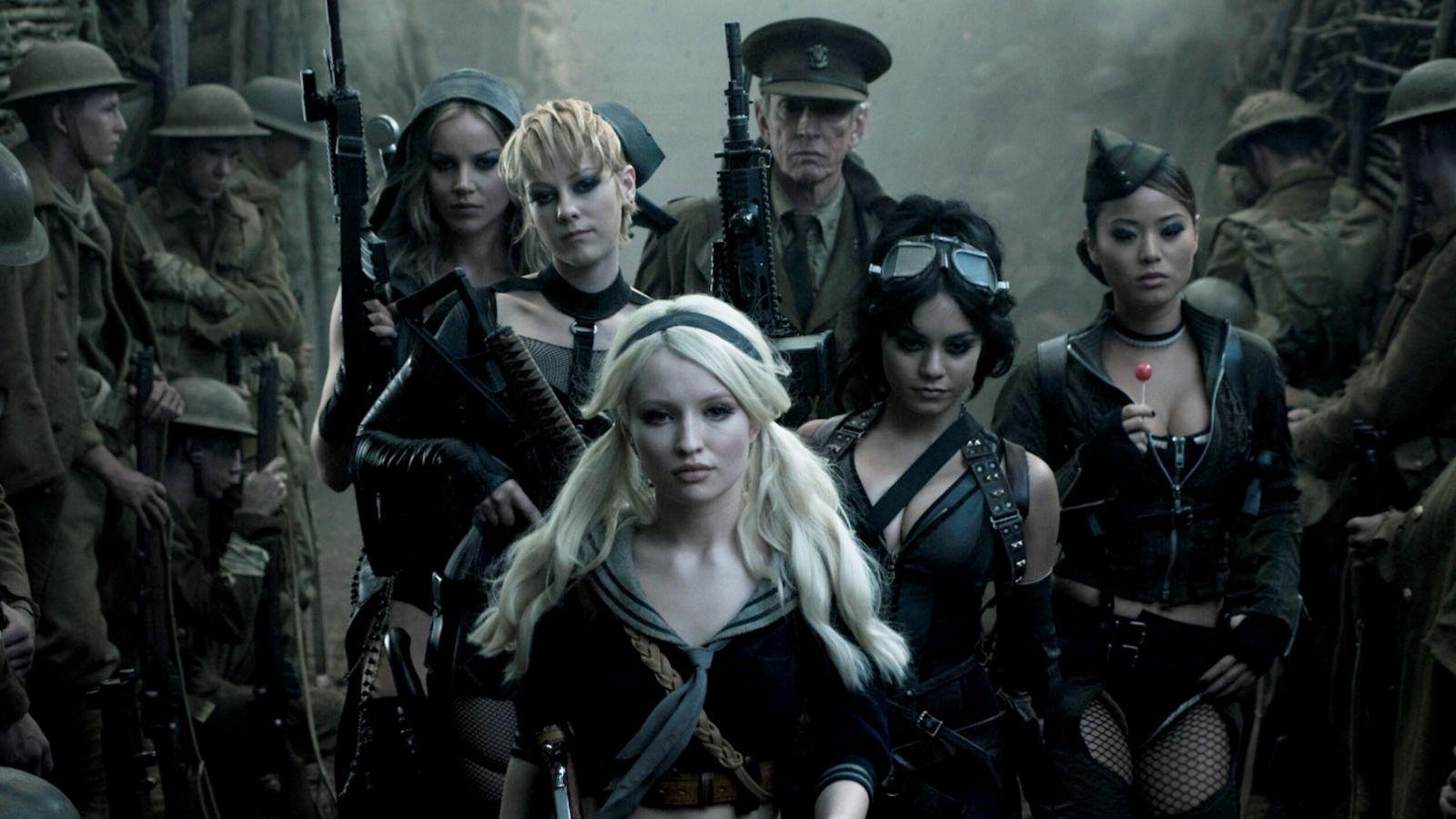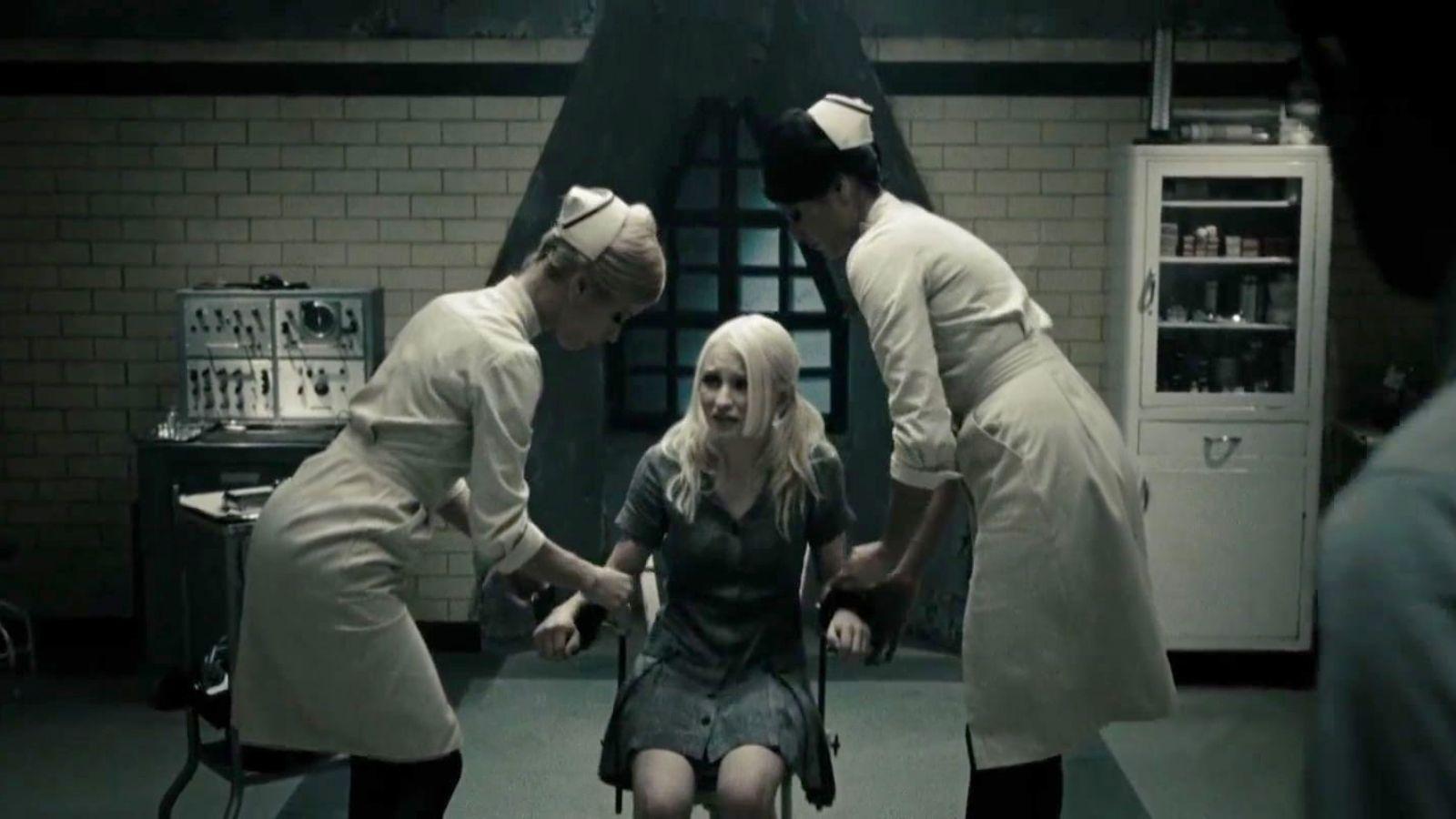In defense of Zack Snyder’s worst movie
 Warner Bros.
Warner Bros.As the 13th anniversary of Zack Snyder’s Sucker Punch arrives, it’s time to admit it’s a pedal to the metal banger despite its extremely glaring flaws.
Sucker Punch is threatening to add itself to the list of niche reappraised panned movies beloved by small groups of contrarians on social media. I would know, I frequent contrarian weirdo digital spaces (Letterboxd).
Often painted as Snyder’s worst movie — an impressive feat, given how much he riles people of all demographics up — the surrealist action flick follows Emily Browning’s ‘Babydoll’ in a psychiatric hospital.
Institutionalized for accidentally killing her sister during a skirmish with their abusive stepfather, she retreats to a seedy fantasy world. Finding allies in the brothel conjured up by her mind, they battle monsters in various forms and hatch a plan to escape a looming threat that awaits them.
Sucker Punch is maladaptive daydreaming for beginners
As Sucker Punch weaves in and out of reality, clumsy feminist messaging and empowerment themes crack down on your skull with all the subtlety of a steel bat. Yet, despite this, Sucker Punch had a firm grasp on teenage girls who spent a lot of time on Tumblr in the 2010s, and for good reasons.
Recently described as “the most movie ever” by my favorite film commentary channel, Mike’s Mic, Sucker Punch delights an underdeveloped part of my brain I hesitate to admit exists. It does so in the same way Twenty One Pilots did in my youth — the shallow illusion of incredible depth, banging metal pipes together and hearing a symphony hidden in the noise that only the smartest emos can decipher.
This film is for the self-indulgent daydreamers, the escape-artist ‘main characters’. It drowns itself in subjectivity, placing utmost importance on the perspective of mistreated girls with more problems than you have fingers to count them on.
Sweet Dreams (Are made of swords and miniskirts)
 Warner Bros.
Warner Bros.In Sucker Punch’s miserable fictional world, the young women are the gritty, impossibly overpowered slow-motion warriors from action flicks of yesteryear.
Snyder’s distinct style is raw and unrefined. Aggressive grain, impossible environments, and fantastical qualities create a videogame-like world. The action sequences lean into the Resident Evil-style of 2000s fight scenes that are dizzying and giddy with enthusiasm.
Emily Browning sings a Sweet Dreams cover fit for a modern remake trailer, slow and sensual. And guitar strings create such electricity in the air that you’d be at risk of shock if you were to lick your finger and point to the sky.
The visual and sonic texture create an atmosphere like one of those plasma balls you’d find in kids’ bedrooms — before they were replaced by RGB gaming stations. Snyder is often criticized when he mines for authentic depth, but his broad strokes and earnest attempts at awe are strangely effective.
He doesn’t hide behind anything; if he wants to say something, it’s on the rocks with no mixer. The results are frequently terrible and always fascinating, but it’s from the heart.
Sukcer Punch’s opaque rage against the machine
Sucker Punch is not a feminist masterpiece. But the ideas’ bones undeniably resonate. Character names like ‘Sweetpea’, the infantilizing yet overtly sexualized costumes worn by Browning and her co-stars, and the abusers are the film’s loud subtext.
Oscar Isaac’s character Blue Jones wears glittery blue eye shadow and unblended blush in the dream world but is still a predator; Jon Hamm’s High Roller is a handsome intellectual in a position of power, and young girls’ realities are bent out of shape in his slimeball hands.
Thematically, Sucker Punch touches upon how the patriarchy is obsessed with femininity, wanting it demonstrated for personal gain and seeking control of it, while simultaneously underestimating those who perform it. And much of the film’s brutal panning upon release reiterated the misguided idea that media cannot possibly be ‘girl-power’ if it is hyperfeminine and scantily clad.
“You have all the weapons you need.”
 Warner Bros.
Warner Bros.Ultimately, regardless of intention, the movie is more effective as a story about retreating inward in the face of trauma than as an empowering response to violating misogyny. By his own admission during a Letterboxd interview, Snyder said, “That’s the only movie I’ve made where I never really realized what I was intending to do.”
The maximalist escapism in Sucker Punch is the real draw. It grants Nazi-killing strength to its subjects who have no real power in their lived realities. The skimpy anime-girl outfits and the threat of lobotomy crystallizing as the film progresses through its puzzling narrative is the film’s ham-fisted rattling of patriarchal ideas that strip women, particularly victimized ones, of personhood.
Sucker Punch’s muddy delivery method — numbing action sequences, the inclusion of sexual violence, and a cynical ending — led to understandable division. The film is framed through the male gaze, and Snyder has a history of using hyper-stylized, violent artifice to deconstruct narratives.
Sucker Punch has multiple layers of reality, and none of them are coherent
 Warner Bros.
Warner Bros.Valuable criticism has been lobbed at the film, but there’s an equally sincere reading found by considering Sucker Punch’s weaponization of the harmful things it portrays. The story is about fantasy as an escape from trauma, using fictional medical abuse that echoes very real malpractice.
Is it executed by way of a fifteen-year-old boy trying on feminist cinema for size? Yes. Still, if you’re told you shouldn’t view it through a generous lens, refer back to the film’s philosophy about how the female perspective is minimized. That’ll be a good ‘gotcha’ when you’re two whiskeys down at the bar. You don’t even have to believe it.
Sucker Punch is a cult film that inspires passionate conversations about the nitty gritty of feminist cinema and how it should and should not be done. You’ll find comparable numbers of people who loathe it as you’ll find devotees, and neither mob is wrong. It was made in good faith and gets people going, which makes it the best kind of disaster.
For coverage on Snyder’s new movies, check out the Rebel Moon Part 2 release date or read our Rebel Moon Part One review.